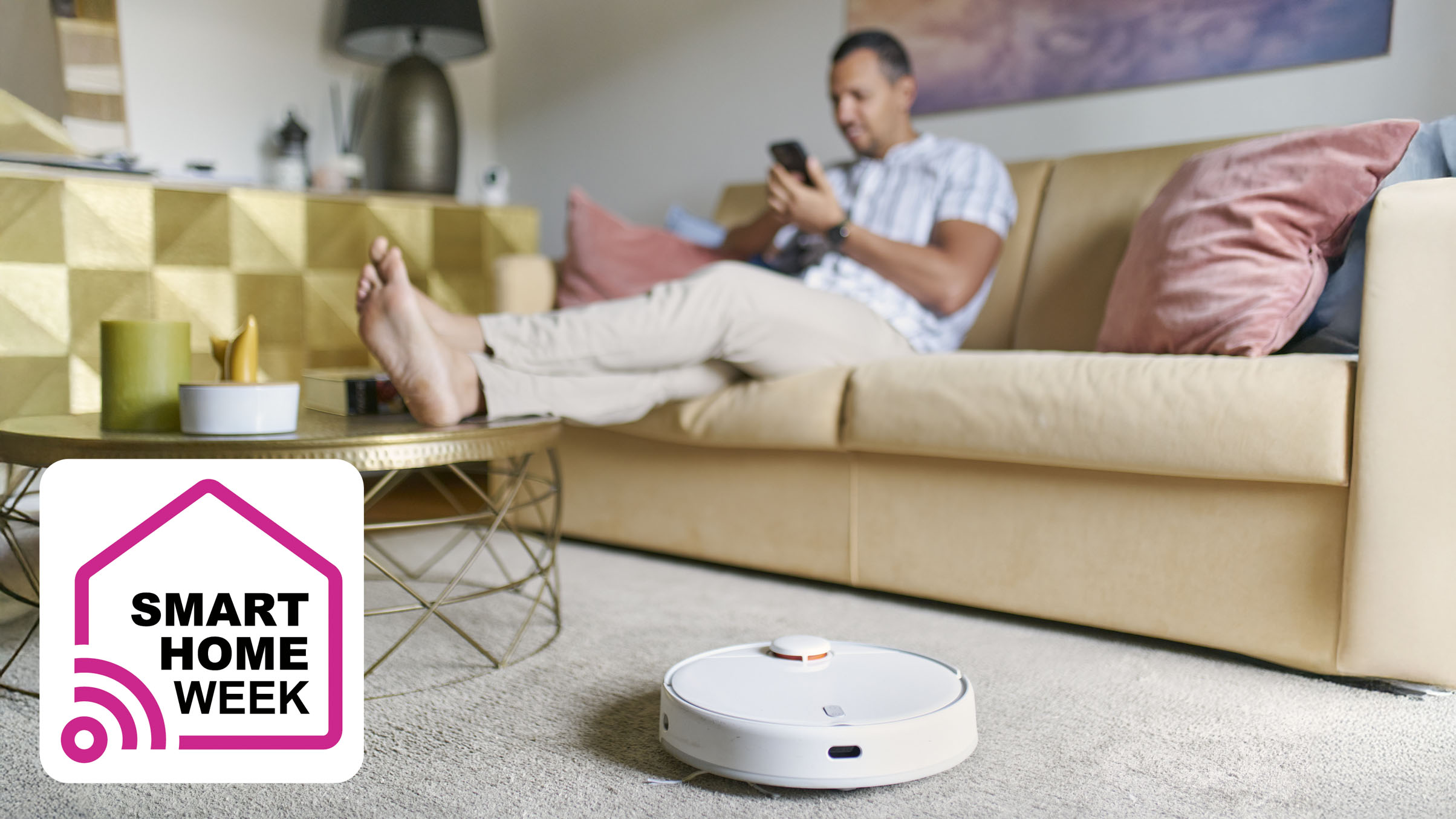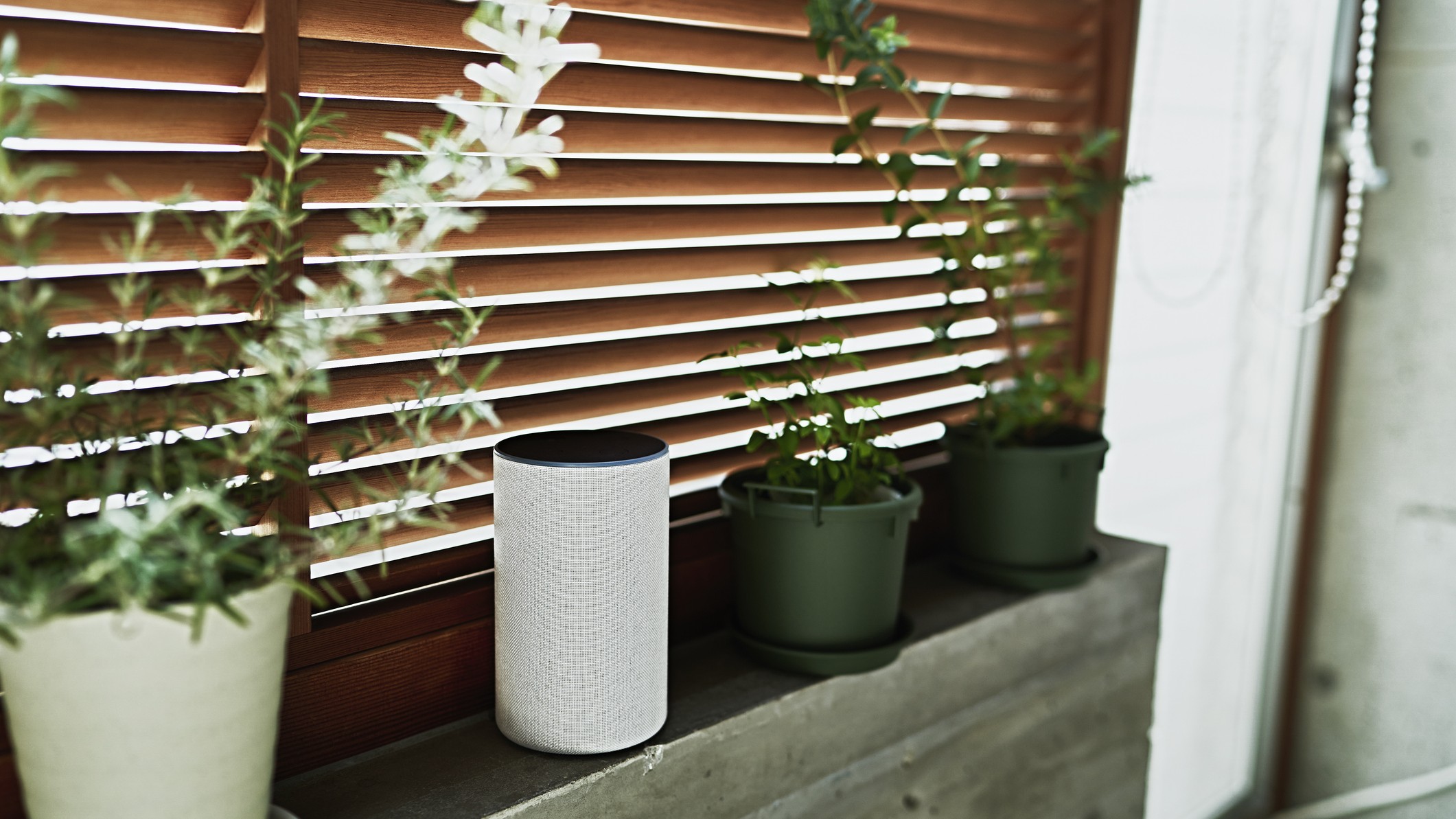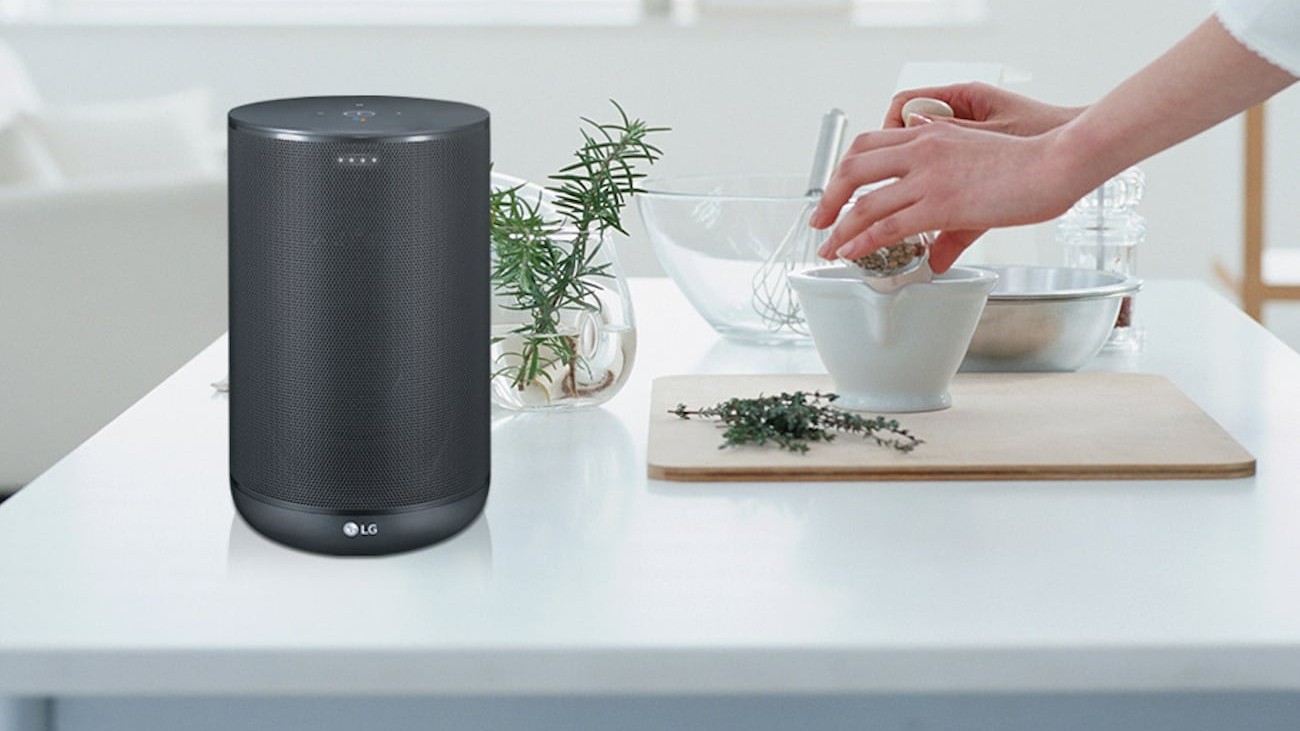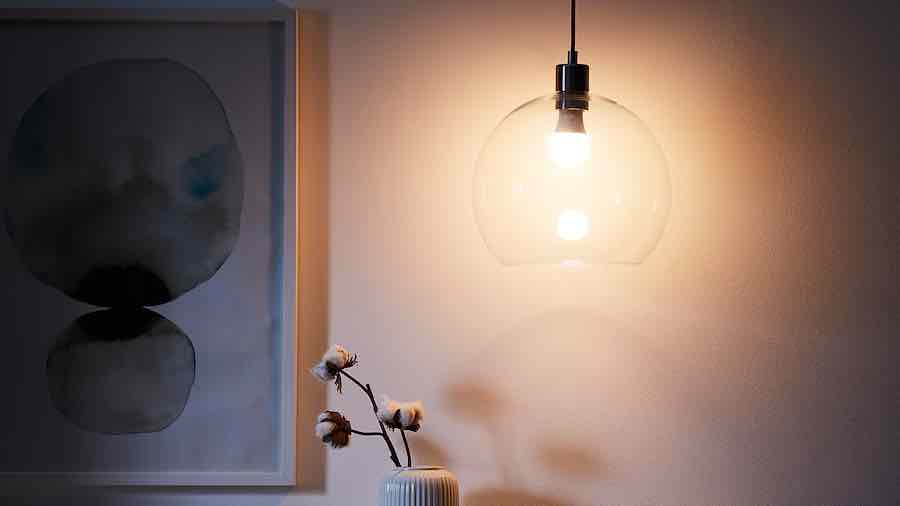What exactly is a smart home? 3 things you need to know to get started

This article is part of TechRadar's Smart Home Week 2025. From lighting and switches to robot vacuums and smart thermostats, we're here to help you pick the right devices to make your life easier, and get the most out of them.
A smart home can be as simple or as complex as you like. It might be made up of a single light bulb controlled by a smartphone app, or it could be a sprawling system of interconnected devices, platforms and automations, all working in harmony.
There are smart home products designed to fit into almost every aspect of your apartment or house, and even in the garden. From bulbs, lighting strips and smart plugs, to motorized smart blinds and windows, to multi-room audio systems, automated heating and cooling, security cameras, video doorbells, alarm systems and even garden irrigation.
Generally speaking, smart home devices can be controlled by their own companion smartphone app, or by a larger system like Amazon Alexa, Google Home or Apple HomeKit.
Going beyond that, there are also platforms built specifically to control many products from numerous companies, and even add in the option for automation based on various parameters. You could create a system where the garden irrigation system waters your plants, but only if it hasn’t rained that day. Or you could use temperature and humidity sensors to control your lighting, heating or air conditioning, and adjust your motorized window blinds, all without you lifting a finger.
Read on, as we explain the three key things to know about what a smart home really is, and how it all works.

Connectivity is key
Connectivity is the single most important aspect of any smart home, especially if you want to install products from a variety of manufacturers, and if you want to control everything from a single app, platform or device.
Although connectivity standards are improving with help from platforms like Matter and Thread, trying to control multiple devices from different companies can get complicated. This is because, unlike phones, tablets, TVs and games consoles that all use the same Wi-Fi technology to transfer data, smart home device connectivity can vary.
Sign up for breaking news, reviews, opinion, top tech deals, and more.
For example, some of the best smart lights connect directly to your phone with Bluetooth. Others connect to your Wi-Fi network, while yet more use a different wireless technology – like Zigbee or Z-wave – to connect to their own hub, which then plugs into your router. It’s even possible to control smart bulbs from your existing wall switches, if you prefer.

Understanding the basics here can help you avoid driving your smart home into a connectivity cul-de-sac, where you end up installing two devices – a smart radiator controller and a smart plug connected to a fan, for example – that can’t talk to each other through any one platform.
When starting out, look out for the official logos of platforms like Alexa, SmartThings, Google Home and Apple HomeKit. These usually appear on the box of the device in question, letting you know that they can be controlled by those three common platforms. IFTTT (If This, Then That) is another commonly shared platform, but I’ll come back to that in point three.
App and voice control is only the start
Your first step with any smart home device is to set it up using the manufacturer’s companion app. After that, it’s often worth adding that device to another platform, like Alexa or Apple Home. You can then often put the companion app to one side and only use it to install future software updates.
The benefit here is how Apple Home, for example, can then be used to control Philips Hue lighting, Netatmo radiator valves, a Nuki door lock and Eve smart plugs, all from the same Home app on your iPhone, iPad or Mac. Similarly, the Amazon Alexa and Google Home apps can be used to control a huge range of smart home devices from one centralized place.

Next up, voice control. The aforementioned systems work with their respective voice assistants, like Siri, Alexa and Google Assistant. With these set up, you can ask for the lights to be turned on, for example, or to adjust the thermostat to a different temperature. You can also ask for the status of some smart home devices, such as whether the outside water tap is on, and if the back door is open.
Stepping things up a gear, voice assistants can be configured to perform several actions with a single spoken command. That way, with a bit of configuration, you can say “Alexa, I’m leaving” and the lights, heating, smart plugs and window blinds will all adjust to your pre-configured setting.
Automations and routines make your home truly smart
Automation takes your smart home to the next level. This is where you can have multiple devices react to their surroundings, or perform certain actions only when a specific set of conditions are met.
For example, using an automation platform like IFTTT or Home Assistant, your smart garden tap will only deliver water to an irrigation system on days when it hasn’t rained for 24 hours, and there is no rain in the forecast for another 24 hours. Or, you can create an automation recipe that turns off the lights and locks the door when you leave the home (or, more specifically, when your smartphone leaves the geofenced location of your home).
Another automation could blink a desk light when your Uber arrives, or when someone rings the video doorbell. This automation could be helpful if you often work with headphones on and have your phone notifications muted. With door and window contact sensors, you can create an automation that sends a notification to your phone when it starts raining and the windows are open. Some automation platforms can tap into your calendar, so could automatically switch your phone to its 'do not disturb' mode when you have a meeting.

These platforms are more advanced than Alexa and Apple Home, and are only recommended once you’ve mastered the basics. They often require a bit of trial-and-error, and Home Assistant – which describes itself as being powered by a community of tinkerers and DIY enthusiasts – can become especially complex.
While all that can sound intimidating, it’s worth remembering that a smart home can start with a single smart plug or lightbulb. You can then build out a system at your own pace, and to meet your own needs. You might not ever want automated irrigation, or a smartphone controlled door lock, and that’s absolutely fine. The beauty of smart home tech is how each system can be built to your own specification and budget.

Alistair Charlton is based in London and has worked as a freelance technology and automotive journalist for over a decade. A lifelong tech enthusiast, Alistair has written extensively about dash cams and robotic vacuum cleaners for TechRadar, among other products. As well as TechRadar, he also writes for Wired, T3, Forbes, The Independent, Digital Camera World and Grand Designs Magazine, among others.
You must confirm your public display name before commenting
Please logout and then login again, you will then be prompted to enter your display name.